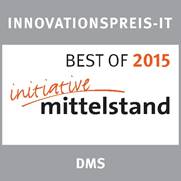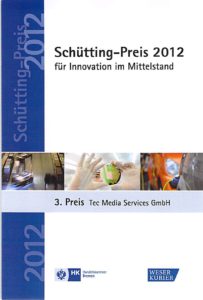At the starting point of all considerations, a question of the company´s senior management to their HR bosses is in the heart of interest:
What is the contribution of the HR department to the company’s business success?
Of course there is not just one answer to this. A classic one, however, is the following: “As an HR department, we ensure that the appropriate employees with the required skills are made available to the managers of the company at the desired time and place.”
The dilemma of the HR departments
That’s fine so far.
But obviously not sufficient. In phases of strong business growth, it is already becoming more and more difficult to keep this promise. There is another dimension many companies face to increase the challenge for HR departments: the pressure on costs to secure future profitability of the business and, ultimately, peoples jobs.
On top of this tense situation, the company’s digitization manager is calling on all company departments to contribute to adapting the business model and processes – including HR.
This short description is just a small excerpt from the complex requirements HR departments face today. It shows, however, that the answer to the above question about HR’s contribution to the company’s success is not easy to answer at all.
The Solution: Digitization of Administration
The strategic HR processes such as recruiting, employee development and also employer branding certainly represent the supreme disciplines in HR with the corresponding weighting in day-to-day business. That´s a must and needs to be like this, as the business success of the future depends decisively on it. It would be counterproductive to save costs here. On the contrary, there is pressure on the available HR-budget which is often not high enough to fully meet the complex needs of the organization.
So how can HR master the requirements of “strategic human resources work”, “digitize HR processes” and, as far as possible, master “cost savings” at the same time?
Let’s take a look over the fence of administrative processes in an HR department.
By far the most complex and thus most expensive process is the running and distribution of payroll accounting. An absolute must, because employees want to be remunerated for their dedicated work of course.
On closer inspection, these processes show some promising starting points for resolving the above-mentioned triad without investing additional money and, moreover, massively saving costs.
A heavily discussed topic in this context is the outsourcing of internal payroll accounting to external service providers. The answer to the question of organizational and business benefits of this HR process optimization is as clear as it is different: it depends on the individual situation of the company.
The answer to the question about the benefit when considering the administrative process of distributing documents from the payroll to the employees can be answered in a different and much simpler way.
Small cause – big impact
With still more than 90% of all companies in Germany, this analogue process has always looked like this:
- Payroll calculation
- Printout of all documents (payslip, certificate of social insurance, employment tax statement, etc.)
- Sorting and packaging of all documents
- Shipping by mail or manual distribution by departments to employees
As of today, the costs incurring for the process outlined above amount to € 1.00 to € 1.50 per employee per month. Not even included in this calculation is the expected increase in postage costs by Deutsche Post in the coming year 2019.
Most Payroll systems in the market already issue digital documents as PDF files. However, these documents are then converted back to analogue documents by their printout.
The company’s digitization strategy is not reallly positively supported by HR in this way.
OK, so what?
There is a solution that is quiet simple, safe and quick to implement.
By fully digitizing the process of distributing payroll documents through a system-independent web portal, HR supports the digital business strategy while delivering significant cost savings.
As an example, the calculation for a company with 2,000 employees, clearly illustrates the cost-saving potential
| Distribution of documents | # of employees | cost/ee/month | cost/year | cost-savings/year |
| Classic (as is) | 2000 | 1,20€ | 28.800€ | |
| Digital (new) | 2000 | 0.39€ | 9.360€ | |
| 19.440€ |
Conclusion
It turns out that there are some promising, cost-effective, and easy-to-implement solutions to solving the dilemma of the HR challenge triad.
The digitization of HR processes while at the same time saving costs and creating additional scope for strategic HR work is no longer an illusion.





